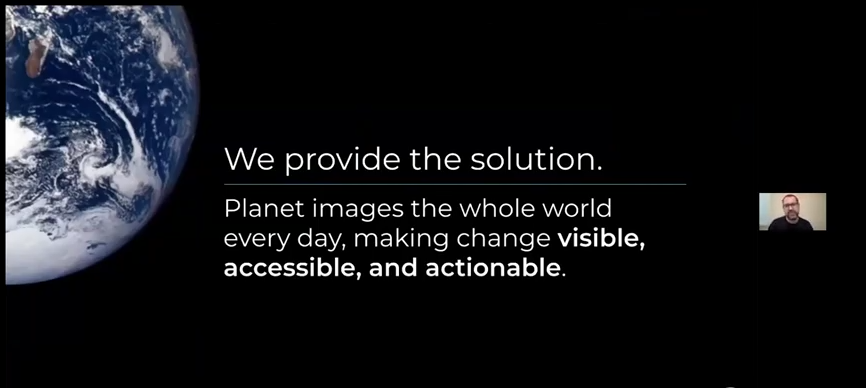Multiple NASA Earth Observation satellites record major freshwater changes around the world
In a first-of-its-kind study, scientists have combined an array of NASA satellite observations of Earth with data on human activities to map locations where freshwater is changing around the globe and to determine why.
The study, published Wednesday in the journal Nature, finds that Earth’s wet land areas are getting wetter and dry areas are getting drier due to a variety of factors, including human water management, climate change and natural cycles.

This map depicts a time series of data collected by NASA’s Gravity Recovery and Climate Experiment (GRACE) mission from 2002 to 2016, showing where freshwater storage was higher (blue) or lower (red) than the average for the 14-year study period. Credits: NASA
A team led by Matt Rodell of NASA’s Goddard Space Flight Center in Greenbelt, Maryland, used 14 years of observations from the U.S./German-led Gravity Recovery and Climate Experiment (GRACE) spacecraft mission to track global trends in freshwater in 34 regions around the world. To understand why these trends emerged, they needed to pull in satellite precipitation data from the Global Precipitation Climatology Project, NASA/U.S. Geological Survey Landsat imagery, irrigation maps, and published reports of human activities related to agriculture, mining and reservoir operations. Only through analysis of the combined data sets were the scientists able to get a full understanding of the reasons for Earth’s freshwater changes as well as the sizes of those trends.
“This is the first time that we’ve used observations from multiple satellites in a thorough assessment of how freshwater availability is changing, everywhere on Earth,” said Rodell. “A key goal was to distinguish shifts in terrestrial water storage caused by natural variability – wet periods and dry periods associated with El Niño and La Niña, for example – from trends related to climate change or human impacts, like pumping groundwater out of an aquifer faster than it is replenished.”
Freshwater is found in lakes, rivers, soil, snow, groundwater and ice. Freshwater loss from the ice sheets at the poles – attributed to climate change – has implications for sea level rise. On land, freshwater is one of the most essential of Earth’s resources, for drinking water and agriculture. While some regions’ water supplies are relatively stable, others experienced increases or decreases.
“What we are witnessing is major hydrologic change,” said co-author Jay Famiglietti of NASA’s Jet Propulsion Laboratory (JPL) in Pasadena, California. “We see a distinctive pattern of the wet land areas of the world getting wetter – those are the high latitudes and the tropics – and the dry areas in between getting dryer. Embedded within the dry areas we see multiple hotspots resulting from groundwater depletion.”
Famiglietti noted that while water loss in some regions, like the melting ice sheets and alpine glaciers, is clearly driven by warming climate, it will require more time and data to determine the driving forces behind other patterns of freshwater change.
“The pattern of wet-getting-wetter, dry-getting-drier during the rest of the 21st century is predicted by the Intergovernmental Panel on Climate Change models, but we’ll need a much longer dataset to be able to definitively say whether climate change is responsible for the emergence of any similar pattern in the GRACE data,” he said.
The twin GRACE satellites, launched in 2002 as a joint mission with the German Aerospace Center (DLR), precisely measured the distance between the two spacecraft to detect changes in Earth’s gravity field caused by movements of mass on the planet below. Using this method, GRACE tracked monthly variations in terrestrial water storage until its science mission ended in October 2017.






